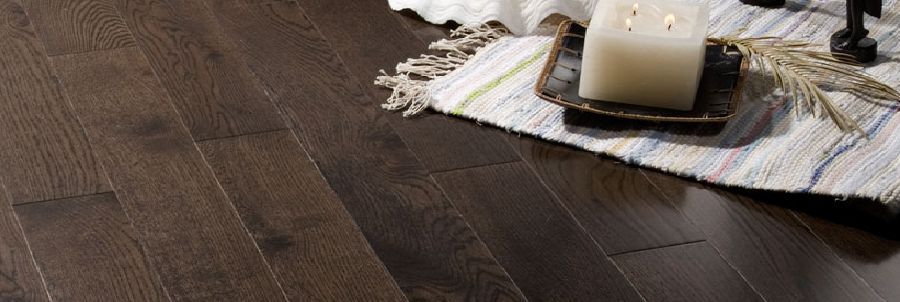For a quicker response, please send all inquiries
via info@canfloor.com or
text to
416-735-0075.
| Monday - Friday | 10:00 am - 7:00 pm |
| Saturday & Sunday | 10:30 am - 4:00 pm |

If you want timeless design and elegance in your home, there is nothing quite like a wood floor. However, there are some huge differences between solid hardwood flooring and engineered wood flooring, and you should keep these in mind before you make a decision.
Before learning more about how solid and engineered wood are different, you should discover their similarities. Both of these options are 100% real wood. No matter which one you choose, you can enjoy a wide variety of grains, colors, patterns, and finishes. In fact, either one can provide a beautiful look that you are sure to enjoy. It is the differences between the two can help you decide which is right for your unique needs.
A solid hardwood board for flooring is made from a single piece of lumber. In most cases, they range from 3/4” to 7/16” thick, although this may vary from one manufacturer to the next. This type of board will expand and contract when exposed to different temperatures and humidity levels, too. For this reason, it is best in parts of the house where the climate generally remains the same. Experts agree that you should never install solid hardwood in your basement, and there are some risks involved with installing it in kitchens and bathrooms due to temperature and moisture variances, too.
Engineered wood flooring has multiple layers of real wood (most of which are dense fiberboard) with a layer of real hardwood on the top and bottom. The finish on the top layer makes engineered wood flooring look and feel just like a solid wood floor plank. It is far less likely to buckle or warp when exposed to varying temperatures and levels of moisture, so it is perfect for finished basements, bathrooms, and even kitchens where you cannot use traditional solid wood flooring.
When it comes to the installation, there is no denying that engineered wood provides the most ease and versatility. You can glue, nail, or staple solid wood planks to the subflooring, but because they must attach to the subfloor, the installation can be a bit tricky. Conversely, while you could attach engineered wood to the subfloor, you can also install them as a “floating floor”. In this type of installation, the boards simply attach to one another and not the subfloor beneath. Some engineered wood planks require no glue or nails whatsoever and simply lock together during the installation.
Up to this point, engineered wood seems like the right choice, but it does present one more limitation: the limited ability to refinish it. With a solid hardwood floor, you can sand it down and refinish it up to 10 times depending on the quality and thickness of the boards. That is precisely why you still see 100-year-old flooring in many homes around the world. With engineered wood, you can only sand it and refinish it once or twice during its lifetime. This is because the top hardwood layer is very thin.
All in all, engineered wood flooring offers all of the same benefits as solid wood flooring but with an easier installation process and more versatility. The only drawback is that you will only be able to refinish it a couple of times over its lifespan.
